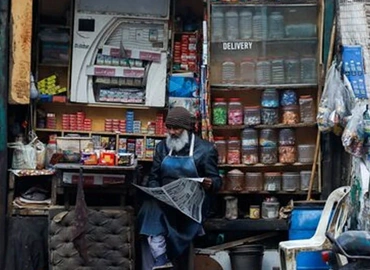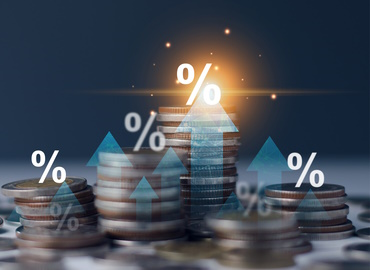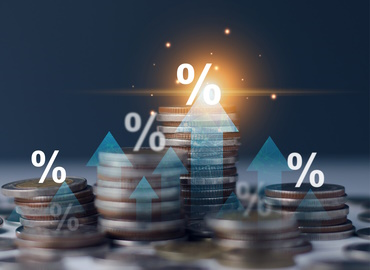Foreword
Pakistan’s public debt has risen from Rs. 3 Trillion in 2000-01 to Rs. 15.41 Trillion in 2013-14. Pakistan’s debt servicing stood at 76 percent of Pakistan’s foreign exchange reserves, 28 percent of its export earnings and 46.6% of total revenue in 2013-14. This volume delineates critical issues related to public debt in Pakistan and identifies a possible roadmap. It contains both conference report and selected papers on public debt, thus making this as an important resource for discussions on national debt.
About 68 percent of public debt in Pakistan is expensive domestic debt, and 90 percent of debt servicing takes place to retire domestic debt. The reasons for this sharp increase in public debt, as explained by Sakib Sherani, are mainly rooted in the management of the economy including exchange rate correction, insufficient tax reforms, lack of power sector reforms, weak debt management, booking of past unpaid bills, and sharp fall in net external transfers. According to Dr. Kaiser Bengali, there has been a sharp increase in programme loans in Pakistan over a few decades which has only added to increasing liability, contrary to project loans which add up to the assets of the economy.
During the last seven-ten years, the external debt in Pakistan has escalated to $ 66.5 billion from $40.5 billion. All efforts of the current government have been to generate foreign exchange which is adding to external debt stock. IMF has loaned out an amount of $ 6.6 billion during the last three years, for BOP support, however it is uncertain that how this debt will help us in improving productivity.
In 2012, government accounted for 90 percent of all incremental borrow ing. Since then it has reduced, and government is taking 70% of commercial banks credit which still narrows down the room for private borrowers. As per Juvaria Jafri, increased public debt must be regarded as a hindrance to economic freedom, which is a mean to macroeconomic growth and stability.





